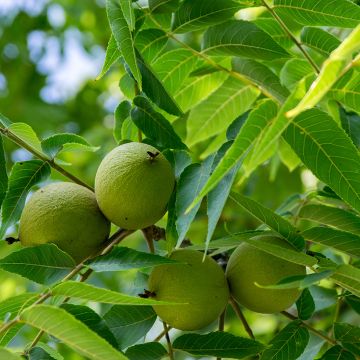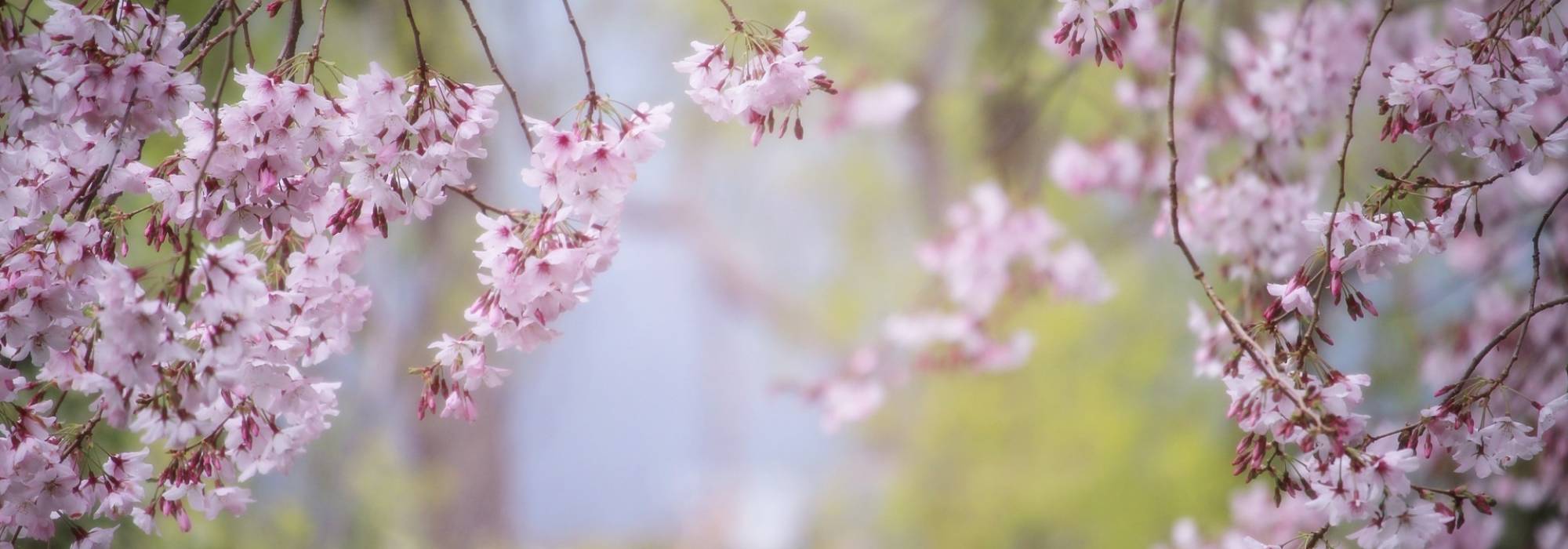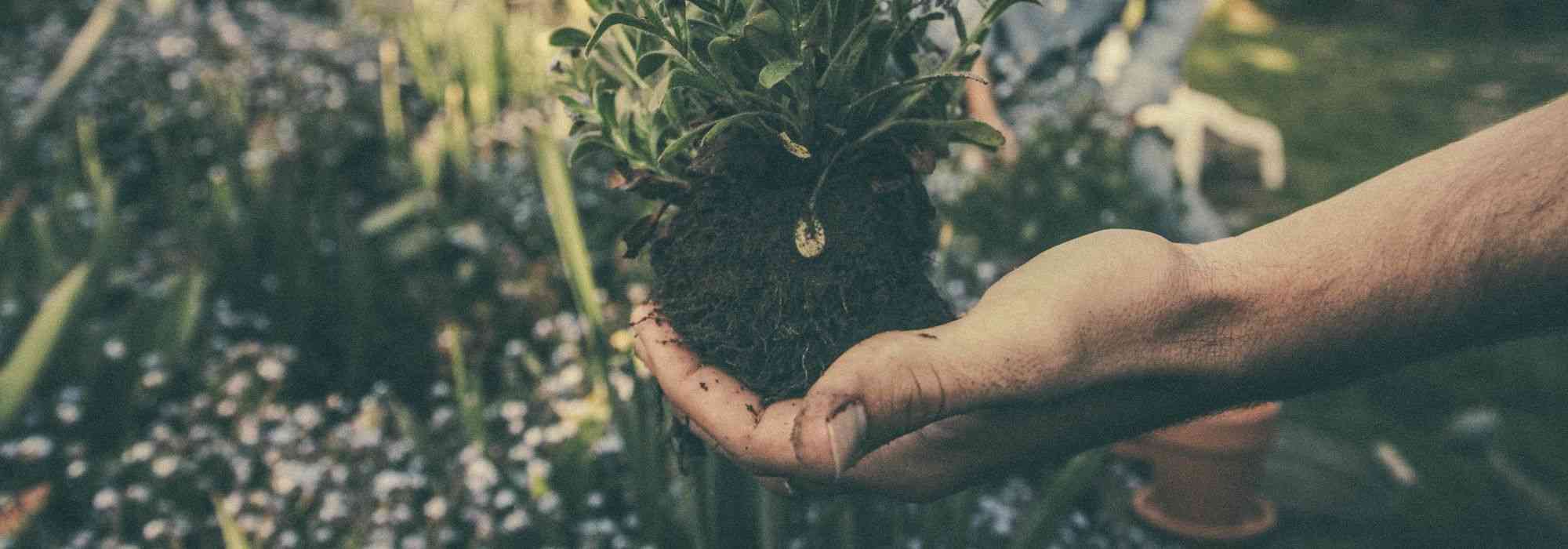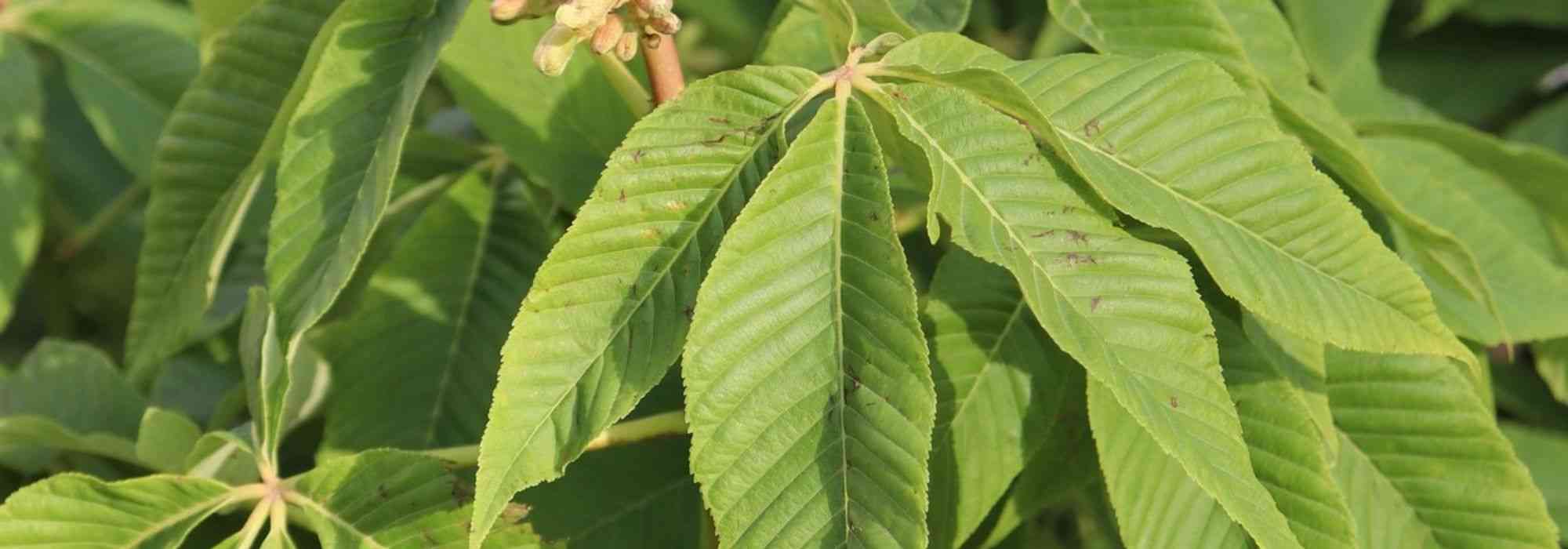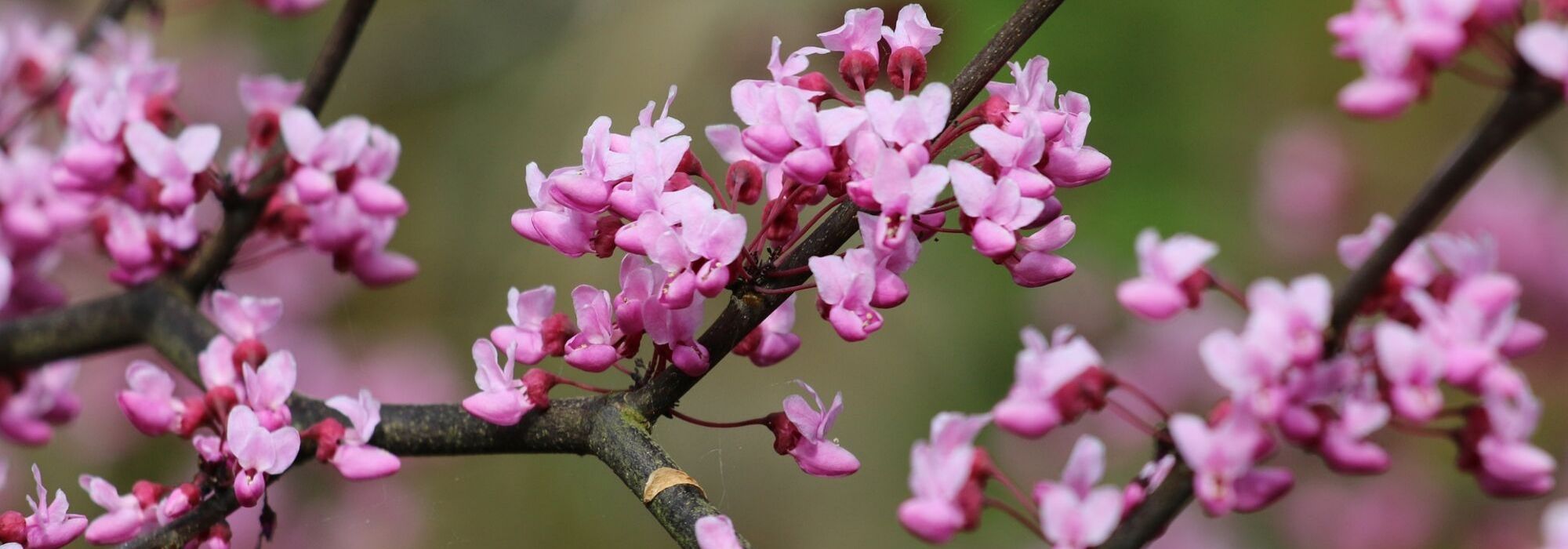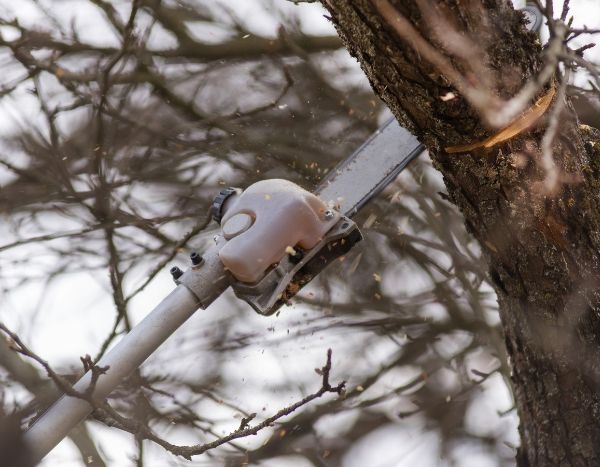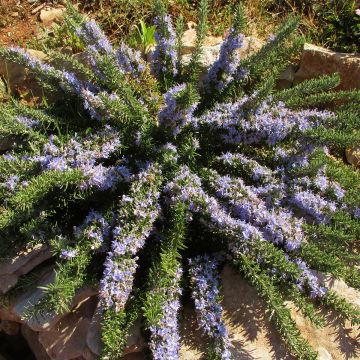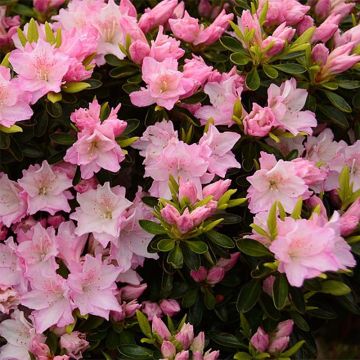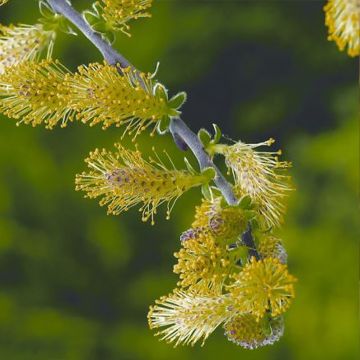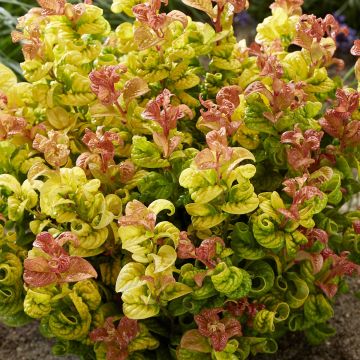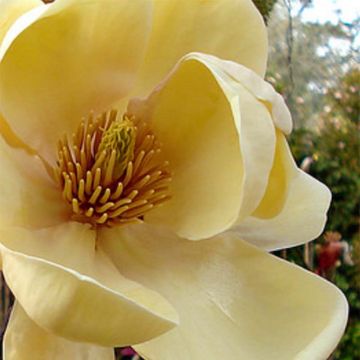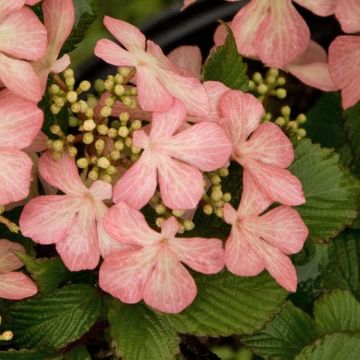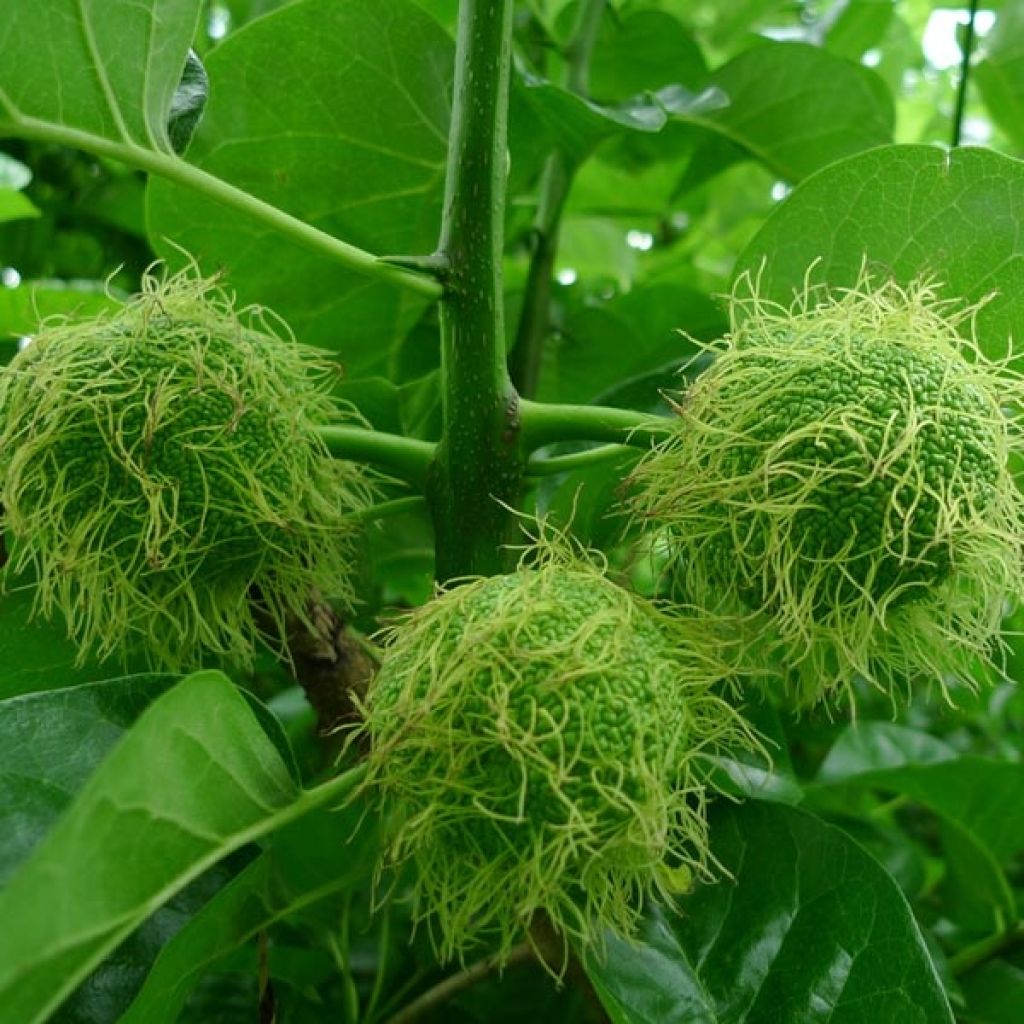

Oranger des Osages - Maclura pomifera
View more pictures
Hide images
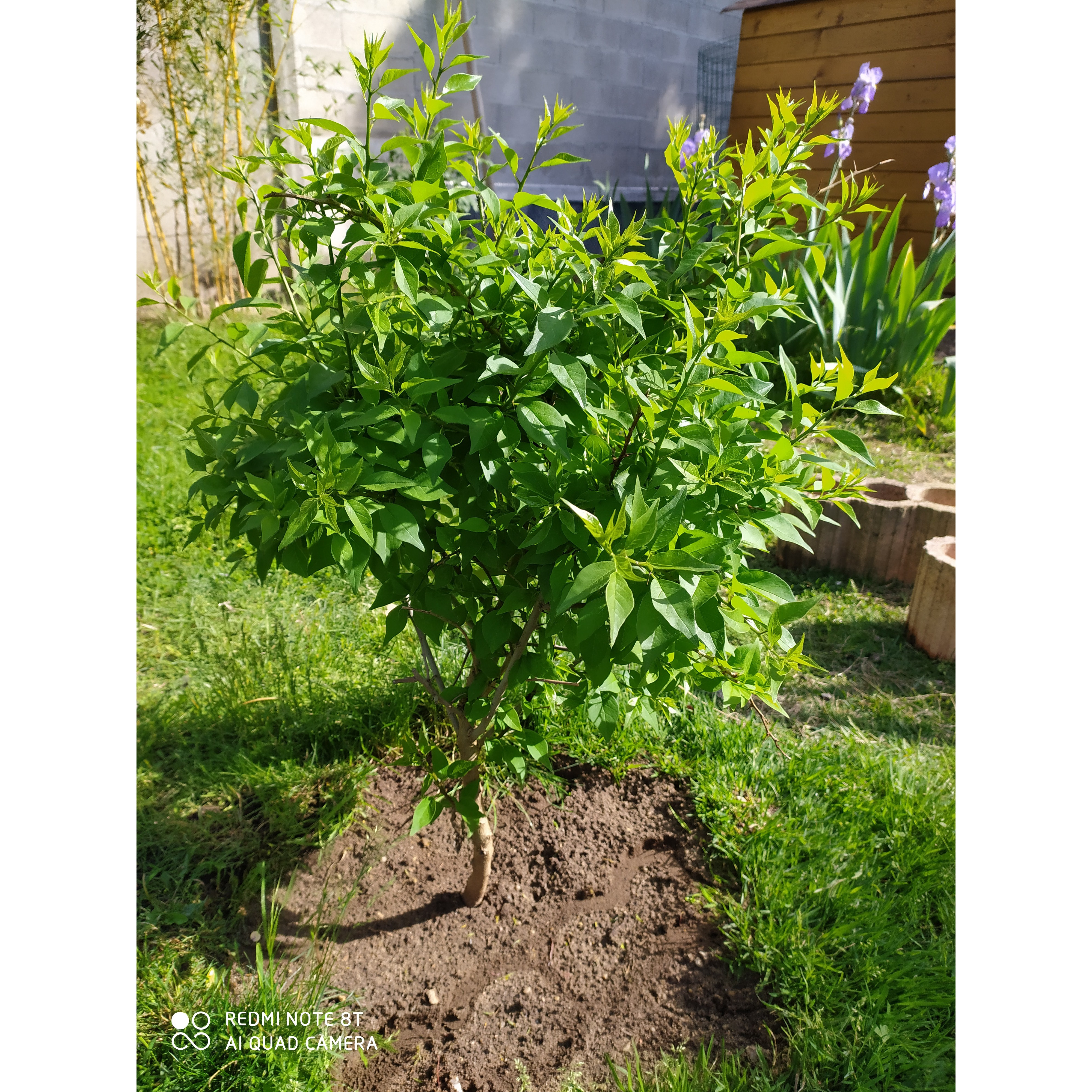
Bruno M.

Bruno M. • 91 FR
Maclura pomifera
Maclura pomifera
Osage Orange
Beautiful plants in good condition
Bernadette , 28/02/2024
Special offer!
Receive a €20 voucher for any order over €90 (excluding delivery costs, credit notes, and plastic-free options)!
1- Add your favorite plants to your cart.
2- Once you have reached €90, confirm your order (you can even choose the delivery date!).
3- As soon as your order is shipped, you will receive an email containing your voucher code, valid for 3 months (90 days).
Your voucher is unique and can only be used once, for any order with a minimum value of €20, excluding delivery costs.
Can be combined with other current offers, non-divisible and non-refundable.
Home or relay delivery (depending on size and destination)
Schedule delivery date,
and select date in basket
This plant carries a 24 months recovery warranty
More information
We guarantee the quality of our plants for a full growing cycle, and will replace at our expense any plant that fails to recover under normal climatic and planting conditions.

Would this plant suit my garden?
Set up your Plantfit profile →
Description
The Maclura pomifera, also known as the Osage Orange, is a deciduous tree native to North America, related to the fig tree, once planted in the South of France for silk worm feeding. It is known for its hard wood and especially for its curious yellow-green fruits, the size of a grapefruit, pleasantly aromatic but not edible. They will only form on female trees, in the presence of a male tree. Its original wrinkled bark, its slightly irregular spreading habit, and its zigzag thorny branches are also appreciated, especially visible in winter. In summary, it is an original tree with a lot of character! It can be placed in isolation or even in a defensive hedge, either untrimmed or pruned, including in dry soil.
The Maclura pomifera belongs to the Moraceae family. It is native to Louisiana, specifically to a geographical area that once corresponded to the territory of the Osage Native American tribe. It is a tree that can reach about 12m (39ft) in height in our latitudes. Its crown shape is ample and rounded, slightly divergent, supported by somewhat twisted branches and twigs. The bark covering the trunk is fissured and twisted, with a gray-orange colour. The brown-orange twigs are equipped with short and scattered but quite large thorns, inserted in the axils of the leaves. The Osage Orange produces a visible latex as soon as a branch is broken. The Osages used this latex as a natural pigment in the past. The foliage, deciduous, falls in autumn. It consists of entire leaves, long-petioled, ovate in shape but pointed at the tip, measuring 7 to 12cm (3 to 5in) long. Dark green and glossy, they turn golden yellow in autumn before falling. Flowering occurs in June, on trees at least 10 years old. The female trees bear tiny flowers fused together in a dense, pompon-like inflorescence, pure yellow in colour. They closely resemble the flowers of the male trees, which are, on the other hand, clustered. Pollination is ensured by the wind. Then, globular false fruits form on the female plants, measuring up to 12cm (5in) in diameter, covered with a thick and lumpy skin that evokes the scent of lemon. These fruits, green in August, turn yellow and fall in November. They are not edible and are reputed to repel flies and cockroaches.
The juvenile Maclura pomifera is somewhat sensitive to winter harshness; it is perfectly adapted to our southern gardens, provided it has a slightly deep soil: its fruits need warmth to ripen. It is interesting as an alignment tree and also makes an interesting specimen in isolation. As it tolerates pruning well, the Osage Orange can be integrated into a defensive hedge, along with hawthorns, pyracantha, Poncirus trifoliata, and other false acacias.
The flexible and very hard wood branches of the Maclura pomifera were used by the Osages to make bows, which earned this tree its other name, "bow wood". It is an extremely resistant and rot-resistant wood that was once used for posts.
Report an error about the product description
Maclura pomifera in pictures


Plant habit
Flowering
Foliage
Botanical data
Maclura
pomifera
Moraceae
Osage Orange
North America
Other Trees and large shrubs
View all →Planting and care
The Maclura pomifera thrives in the sun. Young plants are sensitive to very strong frosts, but adults tolerate the cold very well, down to at least -15°C (5°F). It is not demanding in terms of soil, as long as it is deep and well-drained, it can even be slightly calcareous. This tree can withstand summer drought once it is well rooted. It is advisable to protect young plants from the harshness of winter by covering them with a winter veil. This tree is not very susceptible to pests and diseases. Its maintenance is very minimal, and it tolerates pruning very well in winter if necessary.
Planting period
Intended location
Care
Planting & care advice
-
, onOrder confirmed
Reply from on Promesse de fleurs
Similar products
Haven't found what you were looking for?
Hardiness is the lowest winter temperature a plant can endure without suffering serious damage or even dying. However, hardiness is affected by location (a sheltered area, such as a patio), protection (winter cover) and soil type (hardiness is improved by well-drained soil).

Photo Sharing Terms & Conditions
In order to encourage gardeners to interact and share their experiences, Promesse de fleurs offers various media enabling content to be uploaded onto its Site - in particular via the ‘Photo sharing’ module.
The User agrees to refrain from:
- Posting any content that is illegal, prejudicial, insulting, racist, inciteful to hatred, revisionist, contrary to public decency, that infringes on privacy or on the privacy rights of third parties, in particular the publicity rights of persons and goods, intellectual property rights, or the right to privacy.
- Submitting content on behalf of a third party;
- Impersonate the identity of a third party and/or publish any personal information about a third party;
In general, the User undertakes to refrain from any unethical behaviour.
All Content (in particular text, comments, files, images, photos, videos, creative works, etc.), which may be subject to property or intellectual property rights, image or other private rights, shall remain the property of the User, subject to the limited rights granted by the terms of the licence granted by Promesse de fleurs as stated below. Users are at liberty to publish or not to publish such Content on the Site, notably via the ‘Photo Sharing’ facility, and accept that this Content shall be made public and freely accessible, notably on the Internet.
Users further acknowledge, undertake to have ,and guarantee that they hold all necessary rights and permissions to publish such material on the Site, in particular with regard to the legislation in force pertaining to any privacy, property, intellectual property, image, or contractual rights, or rights of any other nature. By publishing such Content on the Site, Users acknowledge accepting full liability as publishers of the Content within the meaning of the law, and grant Promesse de fleurs, free of charge, an inclusive, worldwide licence for the said Content for the entire duration of its publication, including all reproduction, representation, up/downloading, displaying, performing, transmission, and storage rights.
Users also grant permission for their name to be linked to the Content and accept that this link may not always be made available.
By engaging in posting material, Users consent to their Content becoming automatically accessible on the Internet, in particular on other sites and/or blogs and/or web pages of the Promesse de fleurs site, including in particular social pages and the Promesse de fleurs catalogue.
Users may secure the removal of entrusted content free of charge by issuing a simple request via our contact form.
The flowering period indicated on our website applies to countries and regions located in USDA zone 8 (France, the United Kingdom, Ireland, the Netherlands, etc.)
It will vary according to where you live:
- In zones 9 to 10 (Italy, Spain, Greece, etc.), flowering will occur about 2 to 4 weeks earlier.
- In zones 6 to 7 (Germany, Poland, Slovenia, and lower mountainous regions), flowering will be delayed by 2 to 3 weeks.
- In zone 5 (Central Europe, Scandinavia), blooming will be delayed by 3 to 5 weeks.
In temperate climates, pruning of spring-flowering shrubs (forsythia, spireas, etc.) should be done just after flowering.
Pruning of summer-flowering shrubs (Indian Lilac, Perovskia, etc.) can be done in winter or spring.
In cold regions as well as with frost-sensitive plants, avoid pruning too early when severe frosts may still occur.
The planting period indicated on our website applies to countries and regions located in USDA zone 8 (France, United Kingdom, Ireland, Netherlands).
It will vary according to where you live:
- In Mediterranean zones (Marseille, Madrid, Milan, etc.), autumn and winter are the best planting periods.
- In continental zones (Strasbourg, Munich, Vienna, etc.), delay planting by 2 to 3 weeks in spring and bring it forward by 2 to 4 weeks in autumn.
- In mountainous regions (the Alps, Pyrenees, Carpathians, etc.), it is best to plant in late spring (May-June) or late summer (August-September).
The harvesting period indicated on our website applies to countries and regions in USDA zone 8 (France, England, Ireland, the Netherlands).
In colder areas (Scandinavia, Poland, Austria...) fruit and vegetable harvests are likely to be delayed by 3-4 weeks.
In warmer areas (Italy, Spain, Greece, etc.), harvesting will probably take place earlier, depending on weather conditions.
The sowing periods indicated on our website apply to countries and regions within USDA Zone 8 (France, UK, Ireland, Netherlands).
In colder areas (Scandinavia, Poland, Austria...), delay any outdoor sowing by 3-4 weeks, or sow under glass.
In warmer climes (Italy, Spain, Greece, etc.), bring outdoor sowing forward by a few weeks.






























